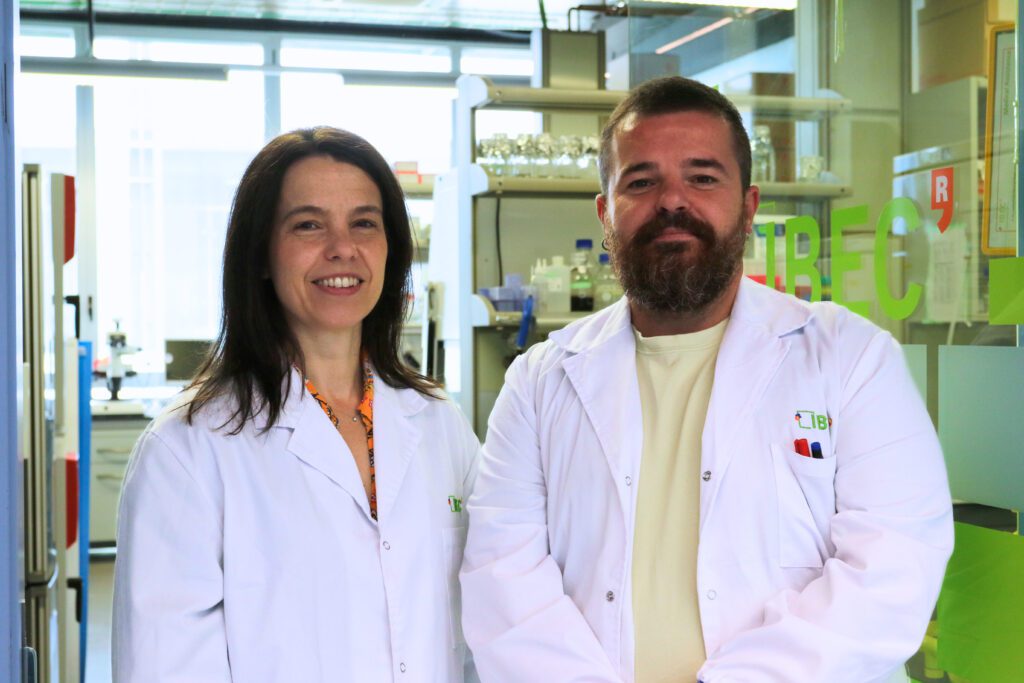A research team has developed pioneering technology that enables human kidney organoids to be produced on a scalable basis. These organoids can then be combined with pig kidneys outside the body and transplanted back into the same animal in a viable manner. The experiment, led by the Institute for Bioengineering of Catalonia (IBEC), is in the preclinical phase. It confirms the safety and viability of the procedure, paving the way for future trials involving humans. In the long term, this approach could help to extend the useful life of organs intended for transplantation and provide an alternative therapy for patients with chronic kidney disease.

A research team led by the Institute for Bioengineering of Catalonia (IBEC) and collaborating with the Biomedical Research Institute of A Coruña (INIBIC), as well as other international research groups, has developed pioneering technology that enables human kidney organoids to be produced in a scalable manner. This technology allows the organoids to be combined with pig kidneys outside the body and then transplanted back into the same animal to evaluate their viability. This breakthrough study, published in the journal Nature Biomedical Engineering, is a significant milestone in regenerative and personalised medicine. It paves the way for the use of kidney organoids derived from human stem cells in cell therapy clinical trials.
The long-term goal is to be able to regenerate or repair an organ before transplantation. This could reduce waiting times for chronic patients and increase the number of viable organs for transplantation.
Núria Montserrat
Led by Dr Núria Montserrat, who was a ICREA investigator at IBEC at the time of the study and is now Minister of Research and Universities of the Government of Catalonia, this work is the result of over a decade of scientific research dedicated to regenerative medicine and organ bioengineering. As a result of this sustained research, the team has succeeded in combining human kidney organoids with live pig kidneys connected to normothermic perfusion machines for the first time. These devices are commonly used in operating rooms to keep organs alive and oxygenated outside the body prior to transplantation. They have enabled the research team to insert human organoids into pig kidneys and monitor their integration and function in real time.
“Our research shows that combining organoid and ex vivo perfusion technologies can enable cellular interventions under fully controlled conditions,” explains Dr Montserrat. ‘The long-term goal is to be able to regenerate or repair an organ before transplantation. This could reduce waiting times for chronic patients and increase the number of viable organs for transplantation.”
A scalable, secure technology
A kidney organoid is a three-dimensional structure measuring a few micrometres in size that is grown, in a laboratory, from human stem cells. While not a complete organ, it reproduces many of its main structures and functions. Thanks to these characteristics, organoids enable us to study kidney development, test new drugs, and it is hoped that they can eventually be used to repair damaged kidney tissue or improve organs intended for transplantation.
Now, with our new method, we can generate thousands of kidney organoids under controlled conditions in a short time with great precision, without the need for complex components.
Elena Garreta
This study presents a systematic and scalable method for producing thousands of human kidney organoids using microaggregation and genetic engineering techniques, which is a first.
“Despite the great clinical potential of organoids, one of the major challenges in applying this technology to real medical treatments has been to produce these organoids in a scalable, uniform and affordable way. Now, with our new method, we can generate thousands of kidney organoids under controlled conditions in a short time with great precision, without the need for complex components. This opens the door to applications such as drug screening and disease research,’ says Dr Elena Garreta, a senior researcher in the IBEC’s Puripotency for Organ Regeneration group and a co-first author of the study.
Furthermore, perfusing the organoids within the kidneys using the aforementioned machines offers a key advantage: it allows the physiological parameters of the organ to be measured in real time, enabling any signs of damage or rejection to be detected immediately. Experiments were performed both ex vivo (outside the organism) and in vivo (in the same animal), using a porcine transplant model that is highly similar to the human kidney.
The research team observed that, 24 and 48 hours after transplantation, the human organoids remained integrated into the porcine renal tissue. They maintained their viability and did not trigger any significant immune response. The transplanted kidney continued to function normally and there were no signs of damage or toxicity.
Towards organ regeneration prior to transplantation
According to the authors, this methodology enables us to envisage a clinical scenario in which organs intended for transplantation can be treated and prepared prior to implantation. Collaboration with the Biomedical Research Institute of A Coruña (INIBIC), the National Transplant Organisation (ONT) and other institutions, such as the Carlos III Health Institute (ISCIII), has been essential in transferring this research into a realistic preclinical surgical setting.
A collaborative, high-impact project
The article, entitled “Systematic production of human kidney organoids for transplantation in porcine kidneys during ex vivo machine perfusion”, is the result of a collaboration between IBEC, INIBIC, CIBER-BBN, ONT, UB, the Navarra Health Research Institute, the Málaga Biomedical Research Institute, the University of California, the Center for Bioengineering and Tissue Regeneration in California, the Institute for Food Science Research (CSIC-UAM), the University Medical Centre Groningen, University Hospitals Leuven, the National Centre of Microbiology (ISCIII), the HM Hospitals Health Research Institute, the University of Leuven, CIBERONC, and the Networking Biomedical Research Centre in Bioengineering. The company EBERS Medical Technology SL, which developed the perfusion machines used, also participated in the work.
Dr Elena Garreta is an associate professor in the Department of Cell Biology, Physiology and Immunology at the University of Barcelona (UB) and coordinator of the ISCIII Biobanks and Biomodels Platform of the Carlos III Health Institute.
Reference article
Elena Garreta, Daniel Moya-Rull, Alberto Centeno, Andrés Marco, Asier Ullate-Agote, Gaia Amato, Carlos J. Aranda, Roger Oria, Daniel Lozano-Ojalvo, Merel B. F. Pool, Tim L. Hamelink, Idoia Lucía Selfa, Federico González, Carolina Tarantino, Alejandro Montero Salinas, Patricia López San Martín, Priyanka Koshy, Aleix Gavaldà-Navarro, Amaia Vilas-Zornoza, Juan R. Rodríguez-Madoz, Antón Fernández García, Inmaculada Marquez-Leiva, Henri G. D. Leuvenink, Cristobal Belda-Iniesta, Maarten Naesens, Beatriz Dominguez-Gil, Marcelino González-Martín, Javier Rodríguez-Rivera, Jordi Ochando, Felipe Prosper, Cyril Moers & Nuria Montserrat. Systematic production of human kidney organoids for transplantation in porcine kidneys during ex vivo machine perfusion. Nature Biomedical Engineering (2025). DOI: 10.1038/s41551-025-01542-1





